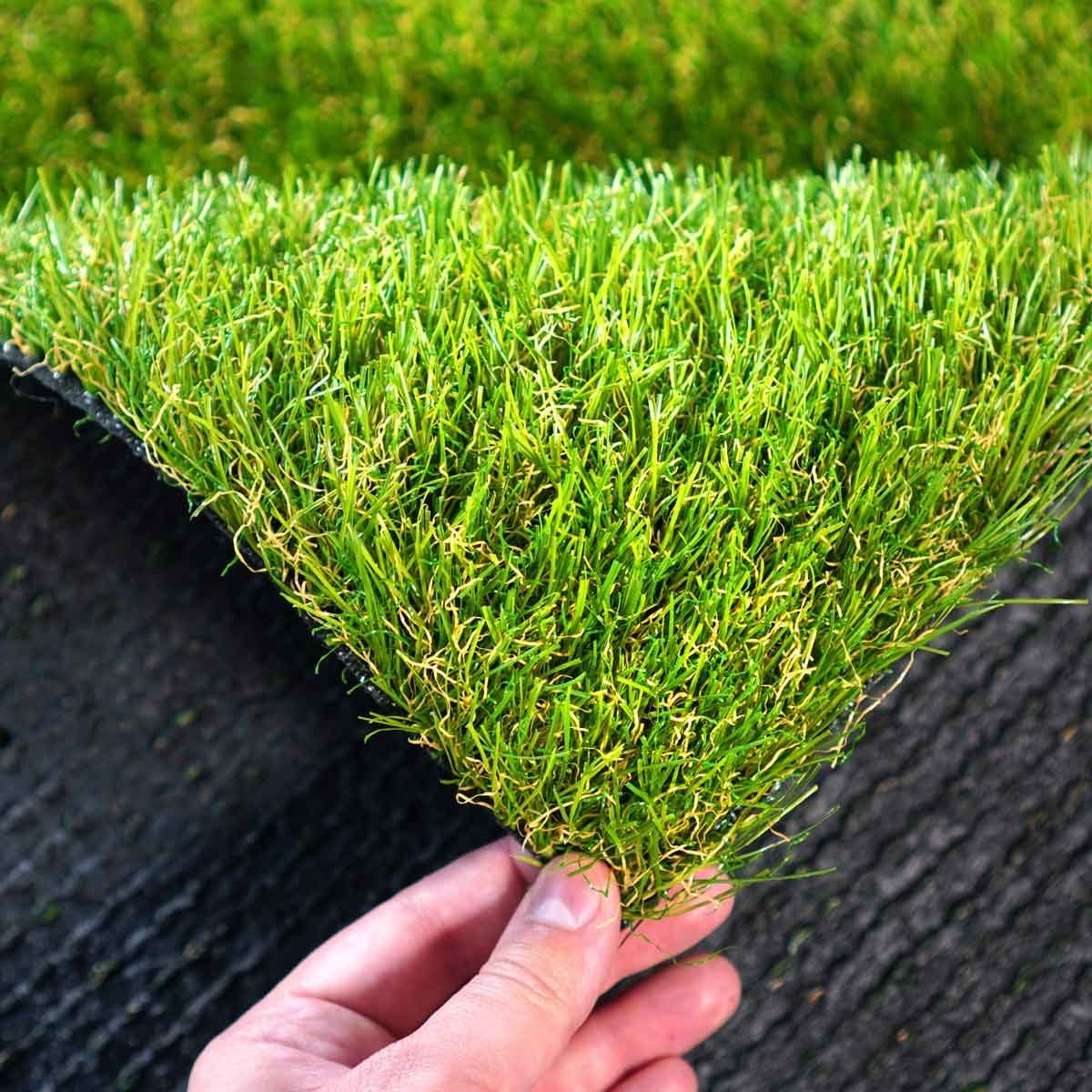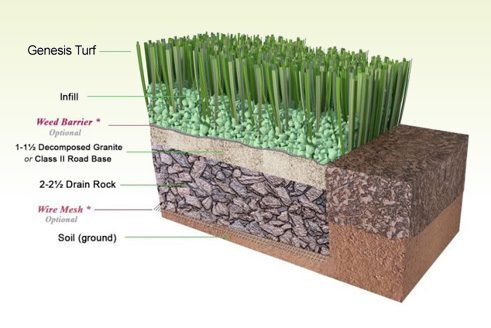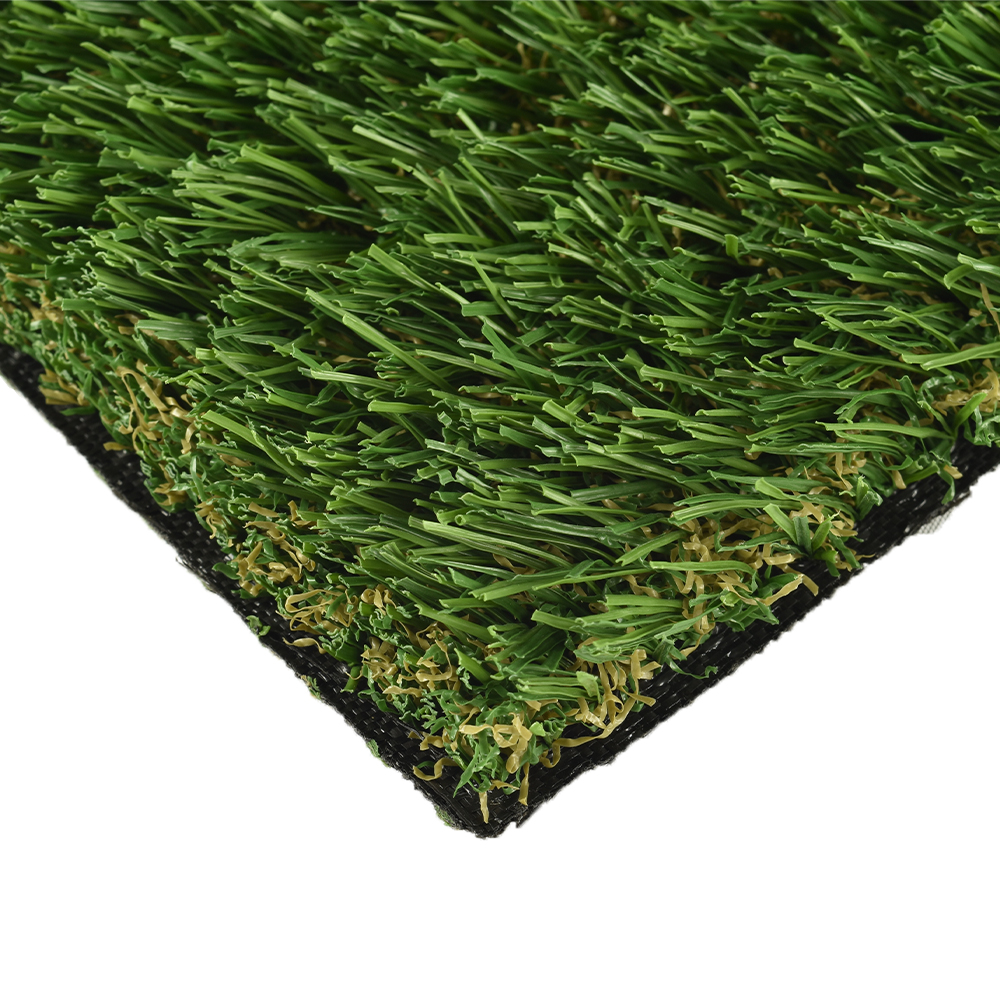Get the Best Turf Installation Phoenix AZ Solutions for Your Home or Commercial Property
Get the Best Turf Installation Phoenix AZ Solutions for Your Home or Commercial Property
Blog Article
See Why Homeowners Prefer Synthetic Grass for Sustainable Landscaping Practices
As home owners progressively focus on sustainability in landscape design, synthetic grass has actually arised as an engaging option to standard yard. Its capacity to save water, reduce upkeep efforts, and lessen environmental impact positions it as a useful selection for those seeking environment-friendly solutions. Furthermore, the visual allure and versatility of artificial turf satisfy diverse style preferences. However, the effects of this shift prolong beyond plain ease and looks, motivating a more detailed assessment of how these selections influence broader ecological end results. What continues to be to be checked out is the complete extent of benefits that artificial lawn can offer to home owners and the setting alike.
Water Preservation Benefits
Among the most substantial benefits of synthetic grass is its role in water preservation. Conventional turf lawns need substantial amounts of water to preserve their rich appearance, often leading to overuse of neighborhood water resources, particularly in deserts. On the other hand, synthetic grass removes this demand entirely, as it does not require irrigation. This not just conserves water but additionally lowers the strain on municipal water systems, specifically throughout dry spell conditions.
In addition, the installation of artificial lawn can add to a much more lasting landscape. House owners can substantially reduce their water bills, permitting reallocation of sources to other ecological campaigns or household usages. Additionally, synthetic grass is made to withstand various climatic problems without the demand for extra watering, making it a perfect selection for regions dealing with water scarcity.
The environmental benefits prolong beyond immediate water savings. By decreasing water consumption, synthetic turf helps to reduce the influences of environment change, protecting essential communities that are threatened by excessive water extraction. As lasting landscaping techniques gain grip, synthetic grass becomes a liable choice for home owners looking for to create green outdoor spaces.
Lowered Upkeep Initiatives
Synthetic grass substantially decreases upkeep initiatives compared to conventional turf lawns. With synthetic turf, homeowners can get rid of the taxing tasks related to natural landscaping, such as mowing, fertilizing, and weeding. This not just conserves important time however likewise minimizes physical labor, making yard care accessible for people of all ages.
One of one of the most significant benefits is the absence of normal mowing. Traditional yards need frequent trimming to preserve an aesthetically pleasing elevation, whereas synthetic grass continues to be continually rich without the requirement for cutting. Additionally, house owners no more require to use fertilizers or pesticides, which are frequently needed to maintain natural grass healthy and balanced. This shift not only lightens the work yet likewise promotes a neater, a lot more consistent appearance year-round.
Additionally, synthetic grass is resistant and long lasting, needing very little upkeep past occasional cleaning and washing to remove debris. This simplicity of maintenance permits homeowners to appreciate their outside spaces without the consistent worry of maintenance, supplying more time for leisure and family members tasks. Eventually, the minimized maintenance efforts related to synthetic grass make it an enticing alternative for those seeking a low-maintenance, aesthetically appealing landscape.

Ecological Effect Reduction
There is a growing recognition of the ecological advantages related official website to synthetic turf, particularly in terms of water conservation and decreased chemical use. Standard grass require considerable quantities of water, especially in drought-prone regions, causing raised pressure on neighborhood water resources. In contrast, synthetic grass eliminates the requirement for irrigation, drastically lowering water consumption and promoting sustainability.
Furthermore, traditional yard upkeep usually includes the application of herbicides, fertilizers, and chemicals, Visit Website which can contribute to dirt and water air pollution. Man-made lawn alleviates this environmental threat by calling for minimal upkeep and essentially eliminating the requirement for damaging chemicals. This not just improves soil wellness but likewise shields neighborhood environments from toxic overflow.
Additionally, the manufacturing of all-natural grass yards normally includes using fossil fuels for trimming and landscaping devices, further adding to greenhouse gas emissions. By selecting synthetic lawn, home owners can dramatically decrease their carbon footprint connected with lawn care activities.
Aesthetic Appeal and Versatility
In addition to its ecological benefits, synthetic grass supplies significant aesthetic allure and adaptability for landscape design. House owners can accomplish a rich, green look year-round, getting rid of the seasonal fluctuations frequently connected with natural turf. This constant visual not just boosts the visual appeal of a building however additionally contributes to a sleek and properly maintained appearance.
Moreover, synthetic turf is readily available in a range of colors, designs, and appearances, permitting personalization to fit specific preferences and design styles - Arizona artificial turf. Whether made use of in household yards, business areas, or leisure areas, it can seamlessly integrate right into varied landscape design styles, from contemporary minimal to lavish tropical setups
The adaptability of synthetic lawn expands beyond mere look; it can be installed in various areas, including rooftops, outdoor patios, and also interior spaces, creating possibilities for distinct landscaping solutions. Furthermore, it is suitable for a variety of activities, from children's play locations to pet-friendly atmospheres, offering capability without compromising style.
Eventually, the visual appeal and adaptability of synthetic grass make it an appealing alternative for property owners looking for lasting landscape design remedies that do not sacrifice beauty for environmental obligation.

Long-Term Price Cost Savings
One of the most engaging benefits of synthetic turf is its capacity for lasting cost savings. Unlike all-natural lawn, which needs routine maintenance-- consisting of mowing, watering, feeding, and bug control-- man-made lawn substantially reduces these recurring costs.
Furthermore, synthetic grass has a life-span of 15 to 25 years, depending on its top quality and usage. This sturdiness minimizes substitute costs, making it a more cost-effective choice over time. Moreover, the first investment in synthetic grass can usually be recouped through the cost savings built up in time.
While the in advance cost might seem higher contrasted to sod setup, the collective financial savings from reduced upkeep and water use commonly surpass these first expenses. Eventually, the adoption of synthetic grass not just advertises a sustainable landscaping option however additionally supplies property owners an economically savvy choice that like this aligns with long-lasting budgeting goals.
Conclusion
Synthetic turf arises as an engaging option for sustainable landscaping, offering significant advantages in water conservation, reduced upkeep initiatives, and lessened ecological influence. As communities significantly focus on ecologically friendly methods, the adoption of man-made turf represents a dynamic step towards achieving resistant and lasting landscapes.
In addition, synthetic turf is made to stand up to numerous weather conditions without the requirement for extra watering, making it a suitable choice for regions encountering water shortage. (Turf installation phoenix az)

Synthetic grass emerges as a compelling option for lasting landscape design, supplying significant benefits in water conservation, reduced upkeep efforts, and decreased environmental effect.
Report this page